
Really good guitar exercise tips ) 2020 guitarexercisetips Guitar chord progressions, Guitar
1. Common Rock Chord Progressions. The two places I like to start when talking about common chord progressions is the key of E and the key of C. Here are two references for each: Chords in the key of C. Chords in the key of E. If you look at the chords in the key of C, and notice the lists under "Common Chord Progressions" you'll notice C.
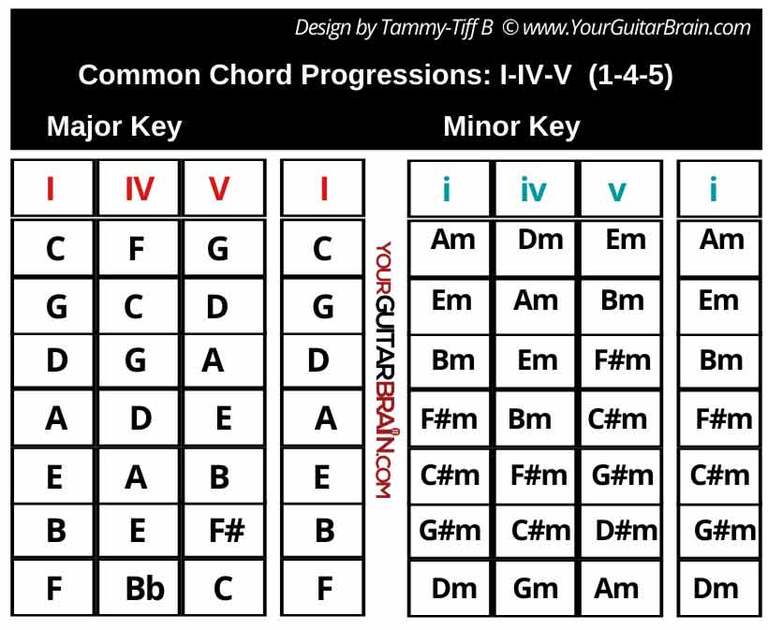
5 Most Common Chord Progressions Ever (Beginners, Learn These First…) 20 Best Christmas Gift
1. I-V-vi-IV Get the free Common Chord Progressions MIDI pack Get MIDI Pack So many songs are based on the same common chord progressions. This progression is called "the most popular progression" for a reason. It's been used in just about every genre imaginable, from post-punk to country.

Guitar Chord Progressions Guitar chord progressions, Guitar chord chart, Guitar chords
Chord progressions are at the heart of rock music, providing the harmonic framework for melodies and lyrics. Chord progressions are made up of two or more chords that are played in succession, and they often follow a certain pattern.

Guitar Major Chord Progression Chart Sheet and Chords Collection
What are Rock Chord Progressions? The Role of Chord Progressions in Rock Music Major Chords vs. Minor Chords in Rock Major chords Minor chords Diving Deeper: Music Theory and Chord Construction Decoding the Major Scale in Rock Progressions The Impact of Minor Chords on Rock's Emotional Range Roman Numerals: Breaking it Down

25 ESSENTIAL Rock Chord Progressions
The I - IV - V - IV chord progression (as with variations on it, like I - I - IV - V or I - IV - V - V) is a blues and rock and roll essential, made immortal by the likes of The Troggs' much covered and emulated "Wild Thing," new wave riding The Cars' "Magic," the power balladry of Mr. Big's "Just Take My Heart.
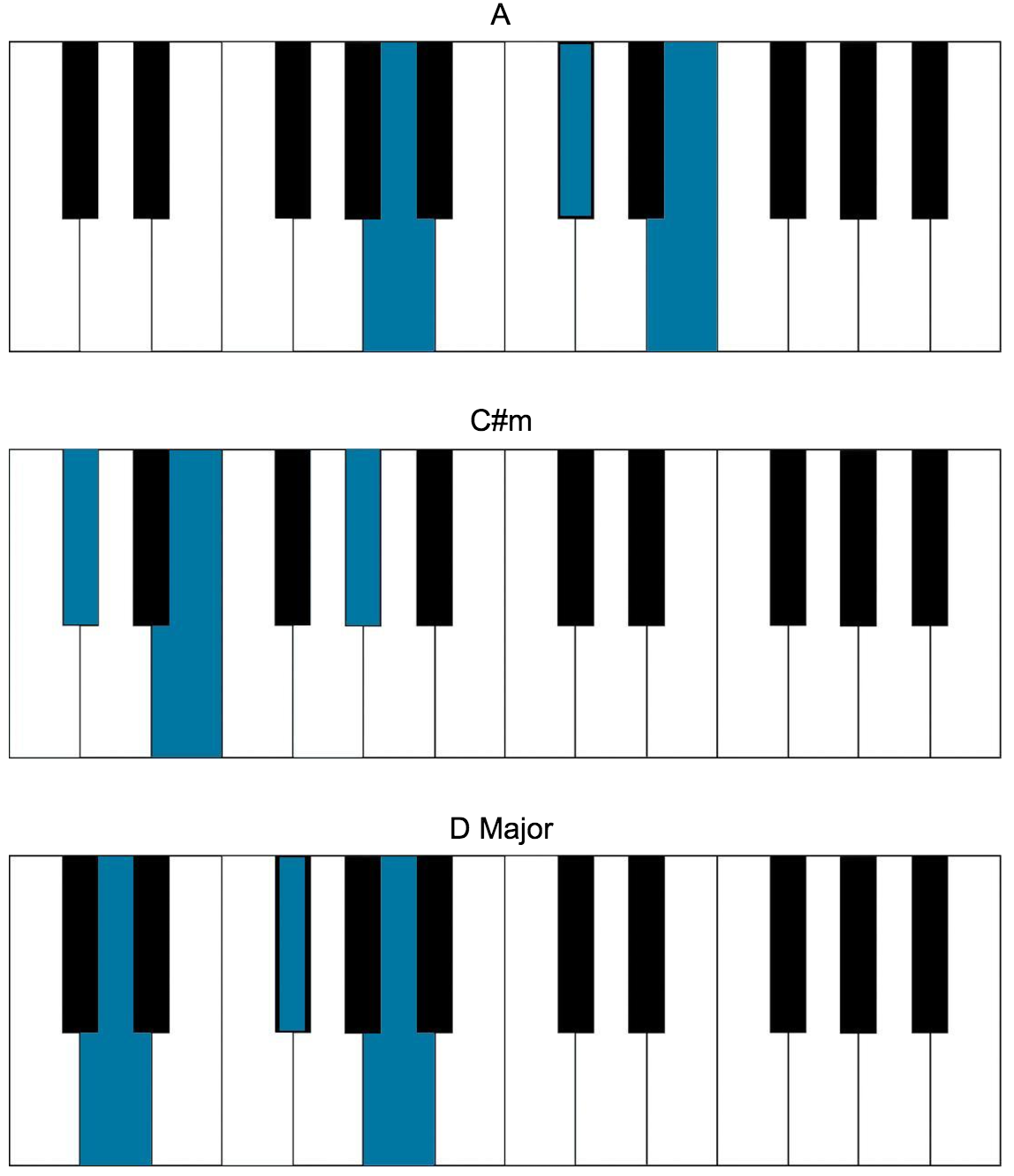
Rock Chord Progressions Piano Chord Walls
The chord progression is a sequence of two or more chords during the segment of the song. It can be intro, verse, chorus, or anything else. Any chords that are played one after the other will make a chord progression. Similar to the scale, there are certain rules about building a progression, but more on that later.
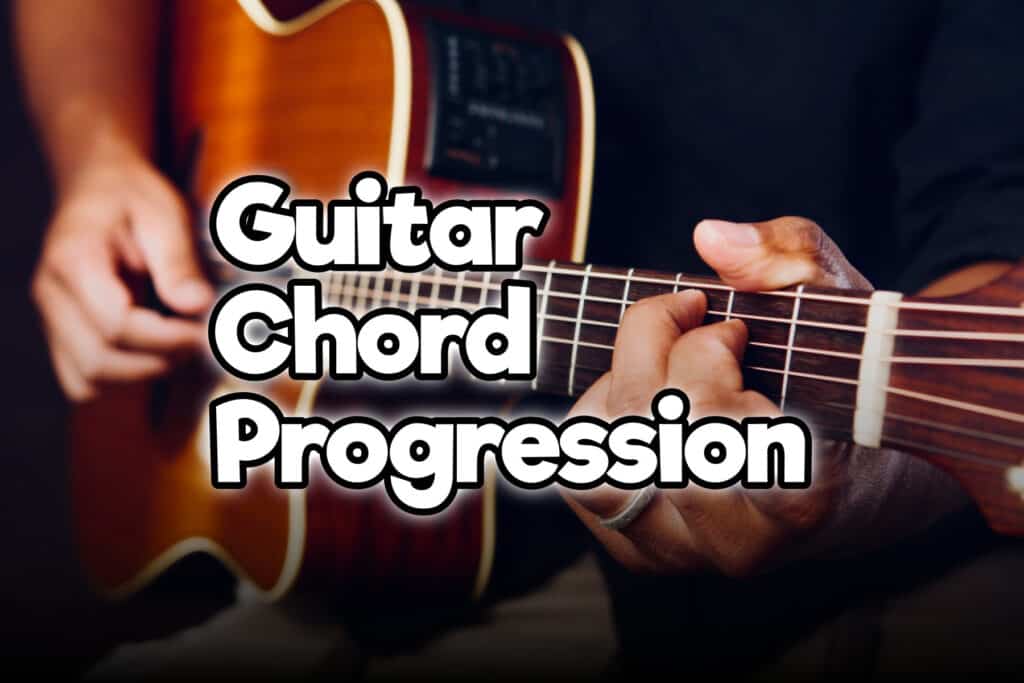
24 Guitar Chord Progression You Must Learn Rock, Sad, Jazz) Rock Guitar Universe
The Chord Progressions 1. C - G - Am - F (I - V -vi - IV). Our second chord progression may be considered the foundation of classic rock 'n' roll, modern rock, and pop music. It is extremely common in songs from the 1960s to 1970s and traces its roots all the way back to the blues. Playing these three chords in different variations will.

Jazz Chord Progressions Intro Lesson For All Guitarists
Many rock and blues songs use a seventh on the fifth chord, giving the common rock n roll progression of E-A-B7. If you like you can add sevenths all around even. Prince in the song "" Kiss" uses this 1-4-5 in the key of A, A-D-E .

Guitar Chords 8 Common Chord Progressions in Rock
This progression forms the basis for many rock and roll tunes like Chuck Berry's "Johnny B. Goode" (Bb - Eb - F in Bb major). In pop music, the four-chord progression reigns supreme. One of the most popular is the I-V-vi-IV progression, which you can hear in numerous hits. In the key of C, this would be C - G - Am - F.

Harmonic minor rock chord progressions Garage Band University
1. I - vi This conjunction of a minor chord and the root, major chord (lowercase Roman numerals are minor chords and uppercase ones are major chords) being so close harmonically creates a subtle movement that's very popular in rock music. Also, you can transform the vi into a minor seventh chord for more variation (I - vi7).
Common Chord Progressions in Minor r/trapproduction
Pop and Rock Chord Progressions. As much as heavy rockers may want to deny it, pop and rock music have a lot in common regarding chord progressions. Sure, the instrumentation and the strumming patterns may be different. Yet, the chords are the same. I - V - vi - IV and All Its Variations (G - D - Em - C)

With 6 Common Chord Progressions, Play Thousands of Songs Jazz chord progressions, Easy guitar
Theory Rock Chord Progressions: A Beginner's Guide By Kate Brunotts November 8, 2022 Rock music is enjoyed by music lovers all over the world. This genre is defined by its danceable rhythms and love of all things guitar. But how does one build a catchy, effective rock chord progression?

10 rock chords for guitar Guitar chords, Guitar chord chart, Guitar chords and lyrics
Rock chord progressions are typically made up of major and minor chords that provide a sense of tension and release, creating dynamic and engaging music. The most common rock chord progressions are the I-IV-V (1-4-5) and ii-V-I (2-5-1). The I-IV-V progression is the cornerstone of rock music.
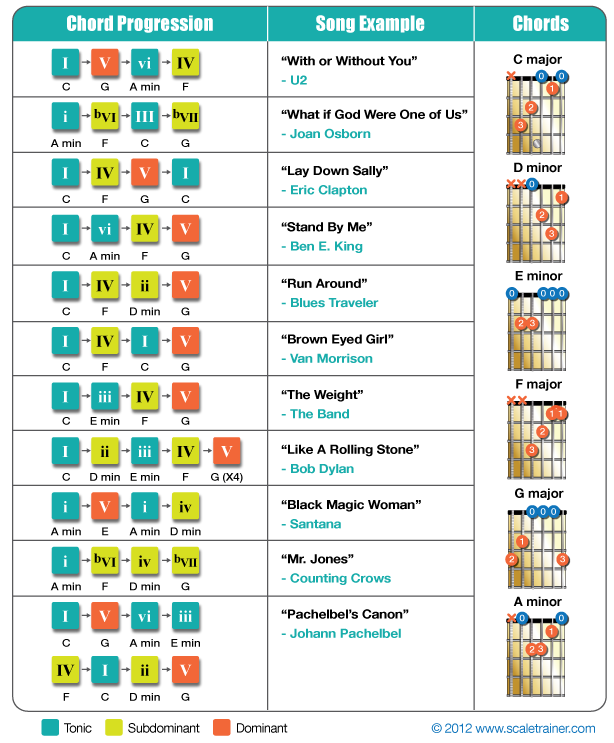
The Most Common Chord Progressions Global Guitar Network
The "Four Chords". These are the most common chords used to write pop tunes. The Axis of Awesome's " Four Chords " song shows just how many tunes use the following chord progression: 1645 (In C, that's C Am F G). While that band's song had over 30 tunes, there are far, far more than that that use this progression or some variation.
Alternative Rock Chord Progressions Chord Walls
Learn these 3 essential chord progressions for guitar. These rock, 50s pop and minor blues progressions are a great way to start your own songwriting. Guitar lessons: A great way to get started writing a song is to use a well-known chord progression. Certain progressions have been used thousands of times throughout the history of recorded music.
Alternative Rock Chord Progressions Chord Walls
Whether you're a guitarist looking for the right chords for a classic rock tune, a ukulele player learning a new pop song, or a pianist seeking the perfect chord progression for a jazz standard, Chordify has you covered Jam along with your favorite song in a few simple steps: 1. Search for your favorite song. 2. Choose your instrument. 3. Jam.